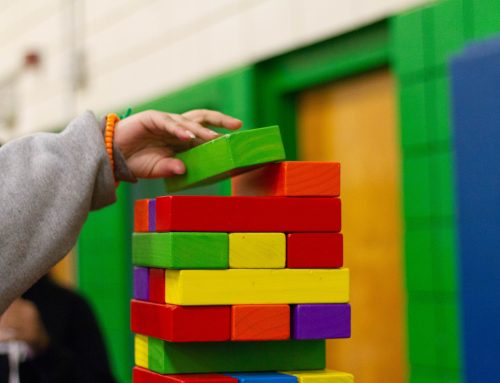With so many different types of ABA treatments available, there is often a lot of confusion about what each approach looks like and how they differ from each other. That’s understandable, but it can also be intimidating for parents and caregivers as they seek to find the best treatment for their child.
ABA therapy is one of the most common – and most effective – therapy options for children with autism. It is considered the gold standard for autism treatment because it is backed by decades of research and evidence. Even more importantly, it works. ABA therapy can help children with autism learn a wide variety of new skills, behaviors, and routines so they can function more effectively in the context of their daily life.
Let’s take a closer look at what ABA therapy is and how different ABA treatments can help your child make progress.
What Is ABA Therapy?
ABA therapy uses applied behavior analysis to teach new skills. While techniques may vary, the heart of ABA is a three-step “ABC” process:
- Antecedent – The antecedent is the cue or trigger that immediately precedes a behavior.
- Behavior – The behavior itself is what the child does in response to the cue or trigger.
- Consequence – The consequence is what happens as a result of the behavior.
ABA therapists use these three steps to teach and reinforce positive behaviors that can be built into routines. Specific goals will be Identified as part of your child’s treatment plan, and your therapist will monitor progress and adjust the plan over time.
Two Common ABA Treatment Teaching Styles
Under the broad umbrella of ABA therapy, you’ll find several approaches to implementing ABA principles. Two of the most common are Discrete Trial Training (DTT) and Pivotal Response Treatment (PRT). Each of these approaches uses the ABC method of behavior training, but they take slightly different teaching styles to achieve desired outcomes.
- Discrete Trial Training (DTT) – Discrete Trial Training teaches behaviors and skills by breaking them down into small, discrete (or distinct) steps. Using positive reinforcement, the therapist will reward the child each time he or she completes the skill successfully. Over time, the goal is to link these discrete steps together to complete the desired behavioral goal.
DTT has been successfully used to teach children with autism a wide variety of skills, including speech and language abilities, verbal responses to instruction, colors, mealtime, bedtime routines, and much more.
- Pivotal Response Treatment (PRT) – Pivotal Response Treatment is a play-based approach that aims to improve pivotal areas of development rather than specific behaviors. PRT addresses four primary developmental areas: motivation, response to multiple cues, self-management, and initiation of social interactions. It typically relies on the child’s interest to direct the session and reinforces desired behaviors with natural rewards.
For example, if a child shows an interest in a toy and makes an attempt to request that toy, they will be rewarded by receiving the toy. This method makes use of the child’s natural interest as a motivator and reward. It has successfully been used to teach many skills including social interactions, activity transitions, communication, and more.
Which ABA Treatment Is Right for Your Child?
At KNR, we build your child’s treatment plan around their unique strengths and weaknesses. We work closely with parents and caregivers to customize treatment to the needs of your child and your family, and we’re here to provide support every step of the way.
Do you have questions about whether ABA therapy is right for your child? Please don’t hesitate to contact us! We’d love to talk to you about how to determine the next right step for your family.





